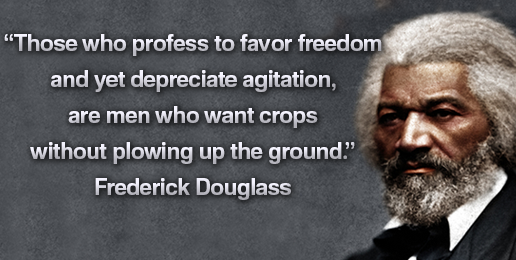I am going to the border. Here's why. - Lily's Blackboard
I am going to the border. Here’s why.
“If you are neutral in situations of injustice, you have chosen the side of the oppressor.”-Bishop Desmond Tutu
On Sunday, I am going to Tornillo, Texas on the Mexican border, where Donald Trump has jailed innocent children. As an elementary teacher, as president of a union of educators dedicated to nurturing every student, as a mother, and as a Latina, I must bear witness to Donald Trump’s unimaginable cruelty and inexplicable inhumanity to children.
Any parent knows the panic of momentarily losing a child in the store, and most of us can remember being children ourselves and feeling the terror sweep over us when we can’t find Mom or Dad. That is after only a few minutes of separation. This what these tender-aged children, separated from parents who are seeking asylum, are feeling for weeks or months. The terror these parents and their little ones are experiencing must be unbearable.
Even if the American Medical Association, the American Academy of Pediatrics, and other respected organizations had not issued statements about how damaging such family separations are, members of the NEA understand child development. We know that this is causing irreparable emotional and physical trauma to these boys and girls.
Our outrage is even more acute because all of this—every second of terror, fright, and worry in the lives of these children and parents—results from an intentional policy. A choice Donald Trump made.
We have heard this cruel administration and its enablers refer to child prisons like the one in Tornillo as ‘summer camps’ or ‘boarding schools.’ No one is fooled. Such ridiculous comparisons and asinine justifications simply increase our outrage at their callous, hateful treatment of desperate children. Summer camp is not a jail. This is a jail for children.
I think the Stoneman Douglas students said it best, when speaking about their own tragedy: We appreciate thoughts and prayers, but they are not going to be enough. Our thoughts and prayers are certainly with these separated, incarcerated children. However, it will take much more for us to repair the damage and end this Trump-made disaster.
“If you are neutral in situations of injustice, you have chosen the side of the oppressor.”-Desmond Tutu
We must find every politician who’s running for office at any level and demand to know if they are going to protect families from Zero-Compassion policies. These children can’t vote, but we can. And we will!
This terrible tragedy is of Donald Trump’s making, but just as it takes a village to raise a child, it took a particular Trumpian village to imprison these children and then justify it. It took the complicity of people around him who were willing to do his bidding. They created the blueprint to enact his horrible policy and then blithely defended him and themselves.
History will judge and condemn those who separated families and incarcerated children. Toddlers. Babies. The names of their jailers will forever be recorded in the worst chapters of the American story—a story that belongs to each of us, a story that we write with the actions we take, as well as those we fail to take. The culprits will surely be remembered. And so, my friends, will we.
Yes, it took a twisted village to create this crisis. But we will be the village to save these children and families. We will not fail them and we will not lose. We will not abandon any of these blessed children.
If we do not act now, then when will we? The question is no longer, “Who is Donald Trump?” It is: “Who are we?”
I am going to the border. Here's why. - Lily's Blackboard





























